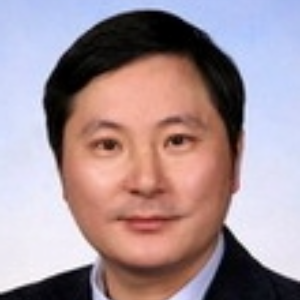Title : Strategies for improving artemisinin content in the engineered Artemisia annua plant
Abstract:
Artemisinin, an endoperoxide-containing sesquiterpene lactone isolated from Artemisia annua L., is extensively used in treating malaria. The artemisinin-based combination therapy (ACT) is recommended by World Health Organization (WHO) to combat the drug-resistant malaria. China's pharmacologist Youyou Tu received 2015 Nobel Prize in Physiology or Medicine due to the finding of artemisinin. However, the artemisinin content in A. annua is low (0.01-1% dry weight, DW), and the demand for artemisinin is huge (180-200 tons/year). In addition, although the artemisinin biosynthesis in A. annua is almost elucidated, how artemisinin biosynthesis is regulated is poorly known. Here, we report the development of multi metabolic engineering strategies to increase artemisinin content in A. annua. The strategies include over-expressing artemisinin biosynthetic pathway genes, downregulating the competitive pathway genes, indirect regulation, transcriptional regulation, increasing glandular trichome density and transporting strategy. Using these strategies, we have developed extremely high artemisinin content engineered A. annua lines in which the artemisinin content reached 2-3% (DW), which are in the field trial in Africa. In addition, we have identified and functionally characterized a number of transcription factors which can work alone or form the complex to regulate artemisinin biosynthesis and trichome initiation. These achievements, combined with efforts of the newly established Artemisinin Industrial Alliance comprised of all major Artemisia growers, artemisinin and ACT producers in China, will fundamentally solve the unstable artemisinin supply problem and guarantee the world the constant supply of artemisinin at low price to combat malaria.
Take Away Notes:
• The audience will learn possible strategies for improving valuable specialized metabolites in plants.
• The audience will know the price of artemisinin can be further reduced through technique advance.
• The audience will learn state-of-art techniques for metabolic engineering and metabolic regulation.


